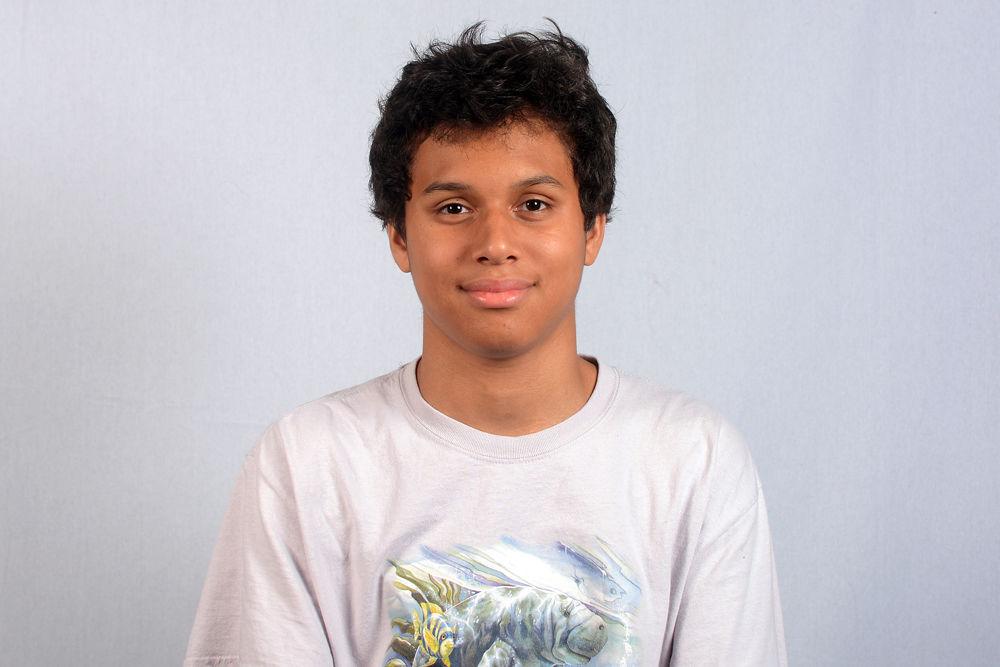It’s that time of year again, where students are choosing their spring semester classes, which means that it’s also the time where students get disappointed because the classes they want are full.
It is expected that at a university with more than 25,000 undergraduates, some classes would fill quickly. However, there is another reason why some classes fill up quickly. Some students enroll in multiple classes, then wait until the classes start to determine if they like them or not. The idea is that rather than finalizing a schedule before the semester, students overenroll in several classes they need and drop their least favorite of these after the first class.
While this practice may be brilliant, it is also quite unethical. When students enroll in classes and wait until the first day of the new semester to determine whether they like it, they are stealing the spots from students who actually want or need those seats.
For example, my academic advisor told me he had several students enroll in six different PE courses. He told me those students would wait until the first day of each class to see if they liked them. As many students are well aware, health classes can be very difficult to get into. Since PE classes are required to graduate, students who enroll in multiple classes are causing other students a significant amount of stress, often forcing them to attend the first day of PE classes in a blind hope that they will be added to the class.
However, this practice does not just end with PE classes; it also applies to regular courses. While some courses could fill a general elective, others are a requirement to enroll in future classes. For example, ENG 214 Intro to Editing is often a prerequisite for many English and communication classes. If many students were to enroll in this course and drop it the first day, it could hinder students from taking other necessary classes to complete their majors. In fact, common prerequisites would logically be primary targets for this practice, meaning the classes that are the most needed are also the most abused in the enrollment system.
Plus, this method of choosing now and waiting until later to determine if you like it is the antithesis of college. College is a place where students are supposed to take risks and take a class they might not have otherwise. If students pick multiple courses and drop most of them later, then students are defeating the purpose of college and not allowing themselves to mature into adults.
While students should take the initiative to not enroll in multiple classes they won’t take, NC State should take some steps to stop this practice. Although NC State does not allow students to have more than 18 credit hours per semester without advisor approval, they could limit certain types of courses students can take. For example, NC State could only allow students to enroll in one 100-level HESF course per semester unless they have approval.
It is okay for students to be wary of the classes they will take in the upcoming semester. However, enrolling in multiple courses and dropping most of them can severely harm other students. If a student wants to know whether they will do well in the course, then there are several resources to use. Rate My Professor and the WolfTech Gradient are helpful tools to determine whether a student will like or do well in a certain course. Mature students should just use those. After all, deciding which classes students like and don’t like shouldn’t interfere with everyone else’s degree.














